Home>Gardening & Outdoor>Landscaping Ideas>How To Protect Grass Seed From Heavy Rain
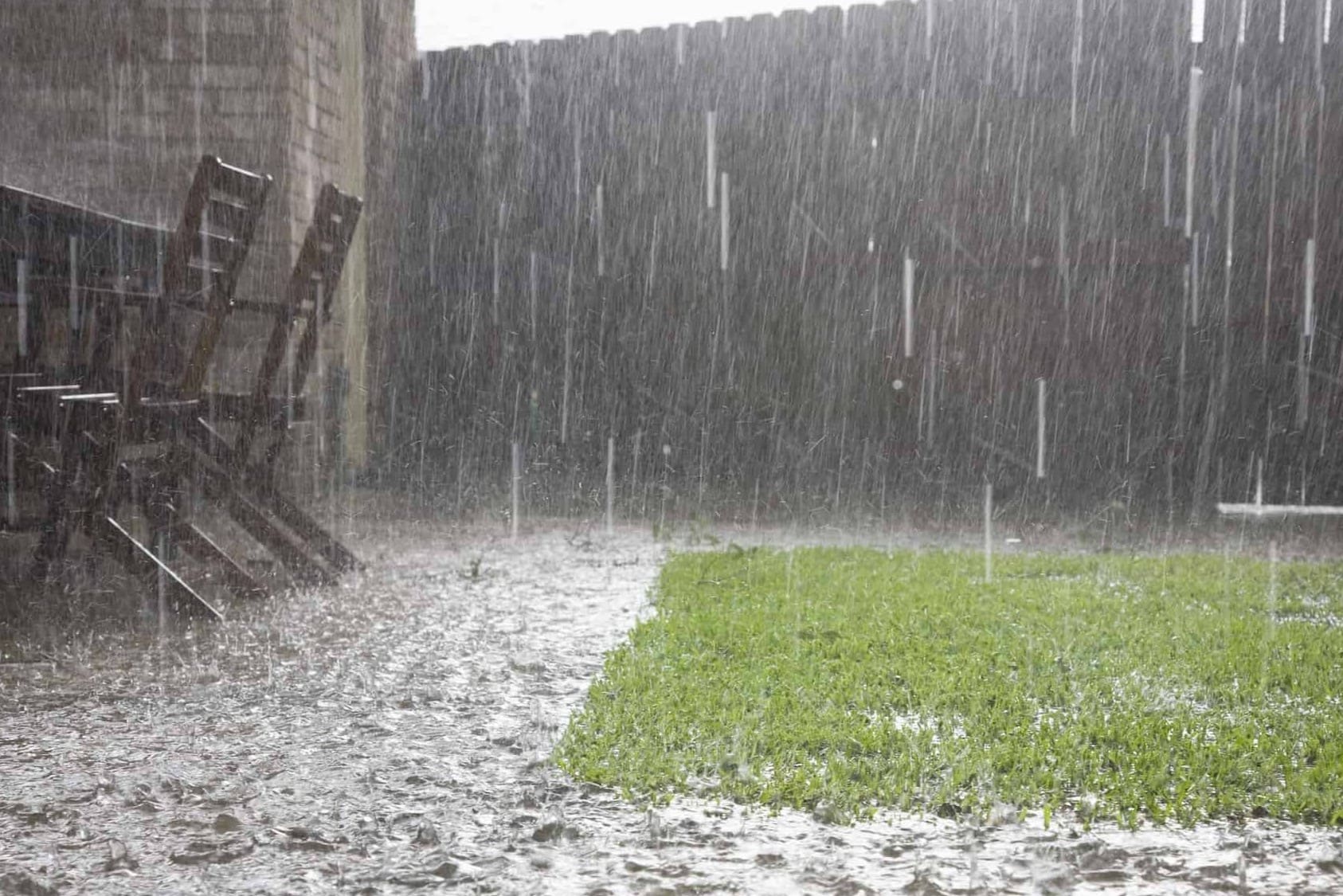

Landscaping Ideas
How To Protect Grass Seed From Heavy Rain
Modified: October 18, 2024
Learn effective landscaping ideas to protect grass seed from heavy rain. Discover expert tips and techniques for safeguarding your lawn.
(Many of the links in this article redirect to a specific reviewed product. Your purchase of these products through affiliate links helps to generate commission for Storables.com, at no extra cost. Learn more)
Introduction
When it comes to nurturing a lush, vibrant lawn, sowing grass seed is a fundamental step in the process. However, the success of this endeavor can be significantly impacted by unforeseen factors, such as inclement weather. In particular, heavy rain poses a potential threat to newly sown grass seed, as excessive moisture can lead to erosion, runoff, and even seed displacement. Understanding how to protect grass seed from heavy rain is essential for ensuring the successful establishment of a healthy lawn.
In this comprehensive guide, we will delve into the intricacies of safeguarding grass seed from the adverse effects of heavy rain. From preparing the soil and selecting the appropriate grass seed to implementing best practices for application and protection, we will explore every facet of this crucial process. By equipping yourself with the knowledge and strategies outlined in this article, you can fortify your lawn against the challenges posed by inclement weather, ultimately paving the way for a thriving and resilient grassy expanse. Let's embark on this enlightening journey to safeguarding your grass seed from heavy rain and nurturing a flourishing lawn that will be the envy of the neighborhood.
Key Takeaways:
- Protecting grass seed from heavy rain is crucial for a healthy lawn. Preparing the soil, choosing the right grass seed, and applying it in ideal conditions are key steps to fortify the seed against heavy rain.
- Implementing protective measures like mulching and erosion control can shield grass seed from heavy rain. These strategies help minimize the risk of displacement and promote optimal conditions for growth.
Read more: How To Protect Balcony From Rain
Understanding the Impact of Heavy Rain on Grass Seed
Heavy rain can exert a profound influence on the delicate process of grass seed germination and establishment. While water is essential for the growth of grass seed, excessive rainfall can lead to a range of detrimental effects, impeding the successful development of a healthy lawn. One of the primary concerns associated with heavy rain is soil erosion, which can displace grass seed and undermine its ability to take root and thrive. Furthermore, the force of heavy raindrops can compact the soil, creating an inhospitable environment for seed germination and impeding the penetration of essential nutrients.
Moreover, heavy rain can result in surface runoff, carrying away valuable topsoil and exposing the grass seed to potential damage. This runoff can also lead to the uneven distribution of grass seed, leaving certain areas sparsely covered and impeding the uniform growth of the lawn. Additionally, excessive moisture can create an environment conducive to the proliferation of fungal diseases, posing a threat to the health and vitality of the emerging grass seedlings.
By comprehending the multifaceted impact of heavy rain on grass seed, you can proactively implement measures to mitigate these challenges and safeguard the nascent growth of your lawn. From soil preparation and seed selection to the application and protection of grass seed, every aspect of the process must be carefully orchestrated to counteract the adverse effects of heavy rain and foster the optimal conditions for robust and resilient grass seed establishment.
Preparing the Soil for Grass Seed
Creating a conducive environment for grass seed germination is contingent upon meticulous soil preparation. Before embarking on the sowing process, it is imperative to assess the soil composition and structure to ensure that it is amenable to the successful establishment of grass seed, especially in the face of heavy rain. Begin by removing any debris, such as rocks, roots, and weeds, from the designated area, as these impediments can obstruct the growth of grass seed and exacerbate the impact of heavy rain.
Next, cultivate the soil to a depth of approximately 3 to 4 inches, breaking up compacted areas and facilitating the infiltration of water and nutrients. This step is crucial for enhancing the soil’s capacity to absorb and retain moisture, thereby mitigating the adverse effects of heavy rain and minimizing the risk of erosion and runoff. Additionally, consider incorporating organic matter, such as compost or peat moss, into the soil to bolster its fertility and structure, fostering an optimal environment for grass seed germination and growth.
Following the incorporation of organic matter, meticulously level the soil surface to promote uniform seed distribution and facilitate the absorption of water, thus reducing the likelihood of water pooling and runoff. This preparatory measure is essential for optimizing the soil’s ability to withstand the impact of heavy rain and sustain the burgeoning grass seedlings. Finally, consider conducting a soil test to evaluate its pH levels and nutrient content, enabling you to make informed amendments to rectify any deficiencies and fortify the soil for the impending grass seed sowing.
By diligently preparing the soil, you can fortify the foundation for the successful germination and growth of grass seed, bolstering its resilience against the challenges posed by heavy rain. The meticulous execution of these preparatory steps is pivotal in creating an environment that is conducive to the establishment of a verdant and robust lawn, capable of withstanding the rigors of fluctuating weather conditions and flourishing in the face of adversity.
Choosing the Right Type of Grass Seed
When endeavoring to protect grass seed from heavy rain, the selection of the appropriate grass seed variety plays a pivotal role in fortifying the resilience of your lawn. Different grass species exhibit varying levels of tolerance to adverse weather conditions, making it imperative to choose a seed type that is well-suited to withstand the challenges posed by heavy rain. Factors to consider when selecting grass seed include the climate of your region, the intended use of the lawn, and the specific attributes of the grass species.
For areas prone to heavy rainfall, it is advisable to opt for grass seed varieties renowned for their resilience in the face of excessive moisture. Certain species, such as fescue and ryegrass, exhibit superior tolerance to wet conditions, making them ideal choices for regions susceptible to heavy rain. These grasses boast robust root systems and excellent drainage capabilities, mitigating the adverse effects of heavy rain and fostering the sustained growth and vitality of the lawn.
Additionally, consider the intended use of the lawn when selecting grass seed, as different varieties are tailored to specific purposes, such as ornamental lawns, high-traffic areas, or shaded landscapes. By aligning the attributes of the grass seed with the unique requirements of your lawn, you can bolster its capacity to withstand heavy rain and emerge unscathed, thereby fortifying its longevity and visual appeal.
Furthermore, the specific attributes of the grass species, such as drought resistance, disease tolerance, and growth habits, should inform your selection to ensure that the chosen grass seed is equipped to confront the challenges posed by heavy rain. By meticulously evaluating these factors and aligning them with the unique characteristics of your lawn and the prevailing weather conditions, you can fortify your grass seed against the detrimental impact of heavy rain, laying the groundwork for a resilient and flourishing lawn.
Cover newly planted grass seed with a thin layer of straw or mulch to protect it from heavy rain. This will help prevent the seeds from washing away and promote successful germination.
Applying Grass Seed in Ideal Conditions
Ensuring the successful establishment of grass seed necessitates a strategic approach to the sowing process, particularly in the context of protecting the seed from heavy rain. Optimal conditions for applying grass seed encompass a harmonious amalgamation of favorable weather, appropriate timing, and meticulous execution. By adhering to these principles, you can fortify the resilience of the grass seed against the potential ravages of heavy rain, fostering its robust germination and growth.
One of the fundamental considerations when sowing grass seed is to monitor the prevailing weather conditions and identify a window of opportunity characterized by minimal precipitation. Ideally, select a period marked by dry and temperate weather to undertake the sowing process, as this mitigates the risk of heavy rain impeding the germination and establishment of the grass seed. By leveraging a weather forecast to inform your decision, you can strategically time the sowing process to preempt the adverse effects of inclement weather, fortifying the nascent grass seed against the challenges posed by heavy rain.
Moreover, meticulous attention to the application technique is imperative for optimizing the resilience of the grass seed. Employ a broadcast spreader or a seed drill to ensure uniform coverage and density, thereby fortifying the lawn against the potential impact of heavy rain. Additionally, consider dividing the total grass seed quantity into two portions and sow them in perpendicular directions to enhance coverage and promote a dense and resilient lawn that can withstand the rigors of heavy rain.
After sowing the grass seed, gently rake the soil surface to facilitate seed-to-soil contact, promoting optimal germination and anchoring the seedlings in preparation for potential heavy rain. This preparatory measure is pivotal for fortifying the grass seed against the challenges posed by adverse weather, ensuring its steadfast establishment and sustained growth.
By meticulously adhering to these principles and implementing best practices for applying grass seed, you can fortify its resilience against heavy rain, paving the way for the successful establishment of a lush and resilient lawn that will endure and thrive in the face of fluctuating weather conditions.
Read more: How To Protect A Trampoline From Rain
Protecting Grass Seed from Heavy Rain
Shielding newly sown grass seed from the potentially detrimental effects of heavy rain is paramount to ensuring its successful germination and establishment. Implementing proactive measures to safeguard the nascent grass seed against the ravages of excessive moisture is essential for fortifying its resilience and fostering the optimal conditions for robust growth. By integrating strategic protective measures into your lawn care regimen, you can mitigate the impact of heavy rain and bolster the nascent grass seed against potential setbacks.
One effective strategy for safeguarding grass seed from heavy rain is the application of a protective mulch layer, such as straw or erosion control blankets, over the sown area. This protective covering serves to shield the grass seed from the erosive forces of heavy rain, minimizing the risk of displacement and promoting optimal seed-to-soil contact. Additionally, the mulch layer aids in moisture retention, mitigating the adverse effects of heavy rain and fostering a conducive environment for the germination and establishment of the grass seed.
Furthermore, the strategic implementation of erosion control measures, such as terracing or contouring the landscape, can effectively mitigate the impact of heavy rain on newly sown grass seed. These measures serve to redirect water flow and minimize soil erosion, bolstering the stability of the sown area and fortifying the nascent grass seed against the adverse effects of heavy rain.
In the event of an imminent heavy rain forecast, consider covering the sown area with permeable landscape fabric or protective netting to shield the grass seed from the erosive forces of heavy rain. This proactive measure serves to minimize the risk of seed displacement and runoff, fortifying the resilience of the grass seed and mitigating the potential setbacks posed by heavy rain.
By integrating these protective measures into your lawn care regimen, you can fortify the nascent grass seed against the challenges posed by heavy rain, fostering its steadfast establishment and robust growth. This strategic approach to protecting grass seed from heavy rain is instrumental in nurturing a verdant and resilient lawn that will endure and thrive in the face of fluctuating weather conditions.
Conclusion
Nurturing a flourishing lawn from grass seed demands a comprehensive understanding of the challenges posed by heavy rain and the strategic implementation of protective measures to fortify the resilience of the nascent grass seed. By meticulously preparing the soil, selecting the appropriate grass seed, and applying it under ideal conditions, you can lay the groundwork for the successful establishment of a robust and resilient lawn that can withstand the rigors of inclement weather.
Moreover, integrating protective measures, such as mulching, erosion control, and strategic covering, into your lawn care regimen is pivotal for safeguarding the grass seed from the erosive forces of heavy rain and fostering its optimal germination and growth. By fortifying the nascent grass seed against the potential setbacks posed by heavy rain, you can pave the way for the emergence of a lush and resilient lawn that will endure and thrive in the face of fluctuating weather conditions.
Armed with the insights and strategies elucidated in this guide, you are empowered to navigate the complexities of protecting grass seed from heavy rain with confidence and foresight. By embracing these principles and integrating them into your lawn care practices, you can nurture a verdant expanse that exudes vitality and resilience, standing as a testament to your unwavering dedication and horticultural prowess.
Ultimately, the successful protection of grass seed from heavy rain is a testament to your commitment to fostering a thriving and resilient lawn, capable of weathering the storms and flourishing in the face of adversity. With the knowledge and strategies gleaned from this guide, you are poised to embark on a journey of nurturing a verdant and enduring lawn that will be the envy of the neighborhood, a testament to your horticultural acumen and unwavering dedication to cultivating natural beauty.
Frequently Asked Questions about How To Protect Grass Seed From Heavy Rain
Was this page helpful?
At Storables.com, we guarantee accurate and reliable information. Our content, validated by Expert Board Contributors, is crafted following stringent Editorial Policies. We're committed to providing you with well-researched, expert-backed insights for all your informational needs.


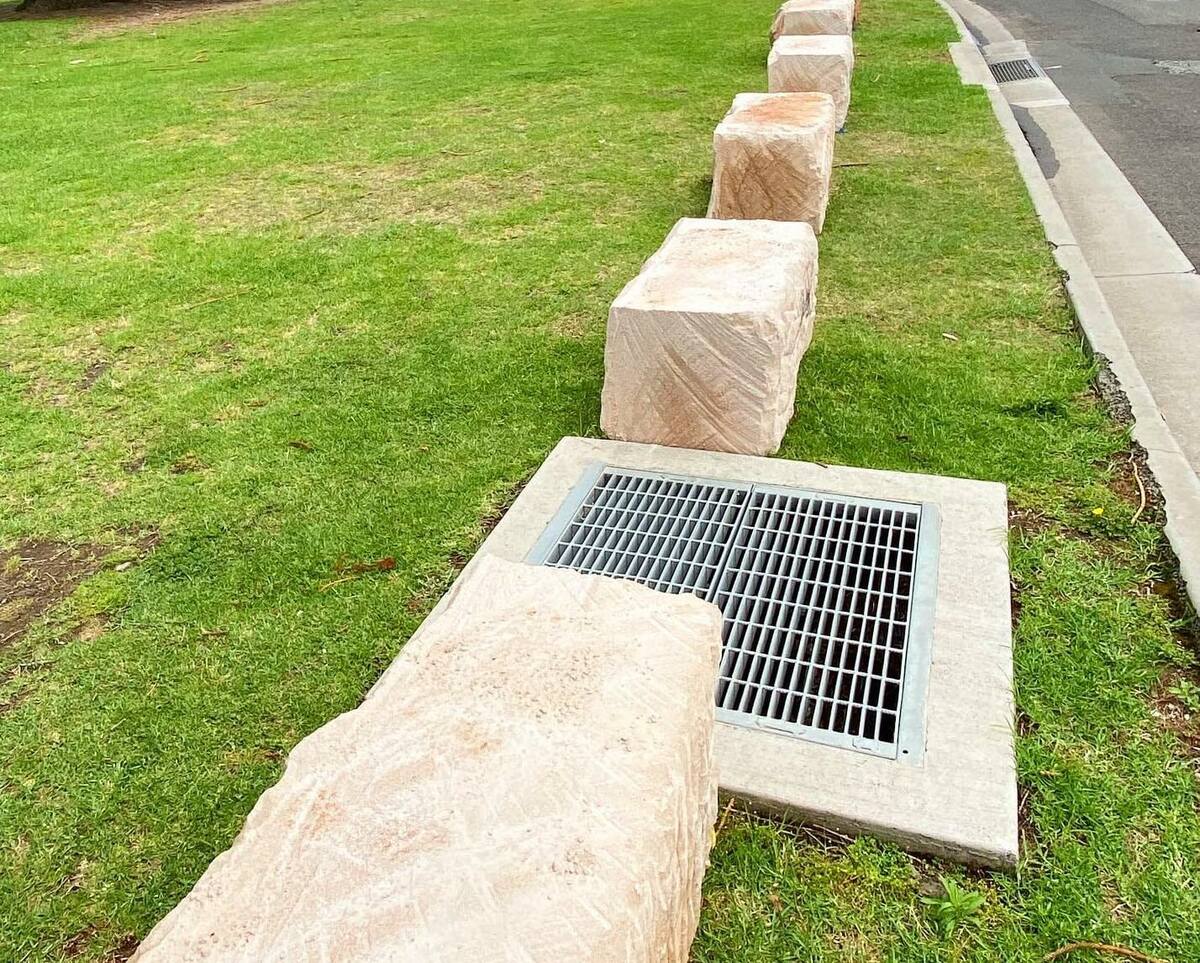


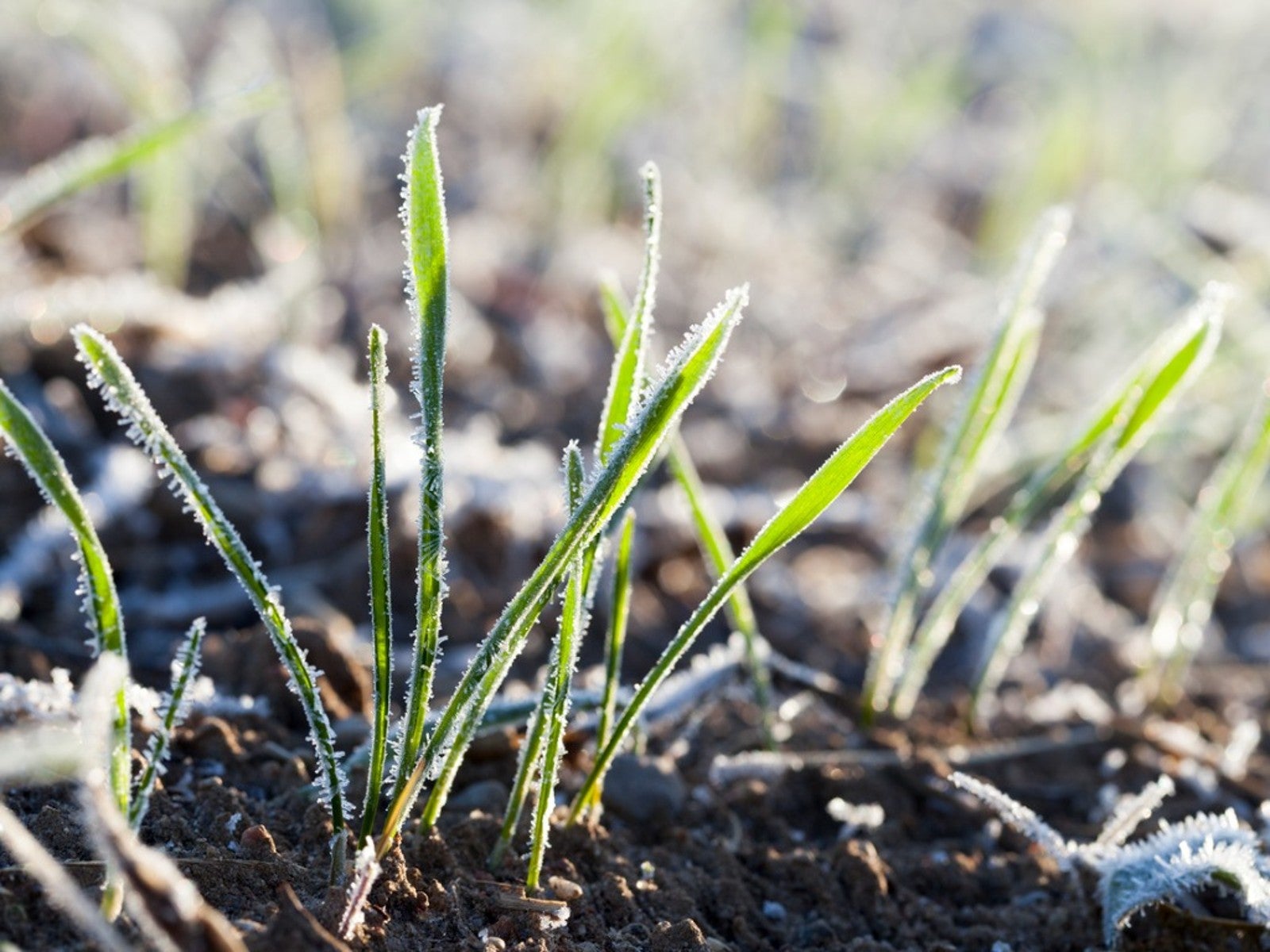
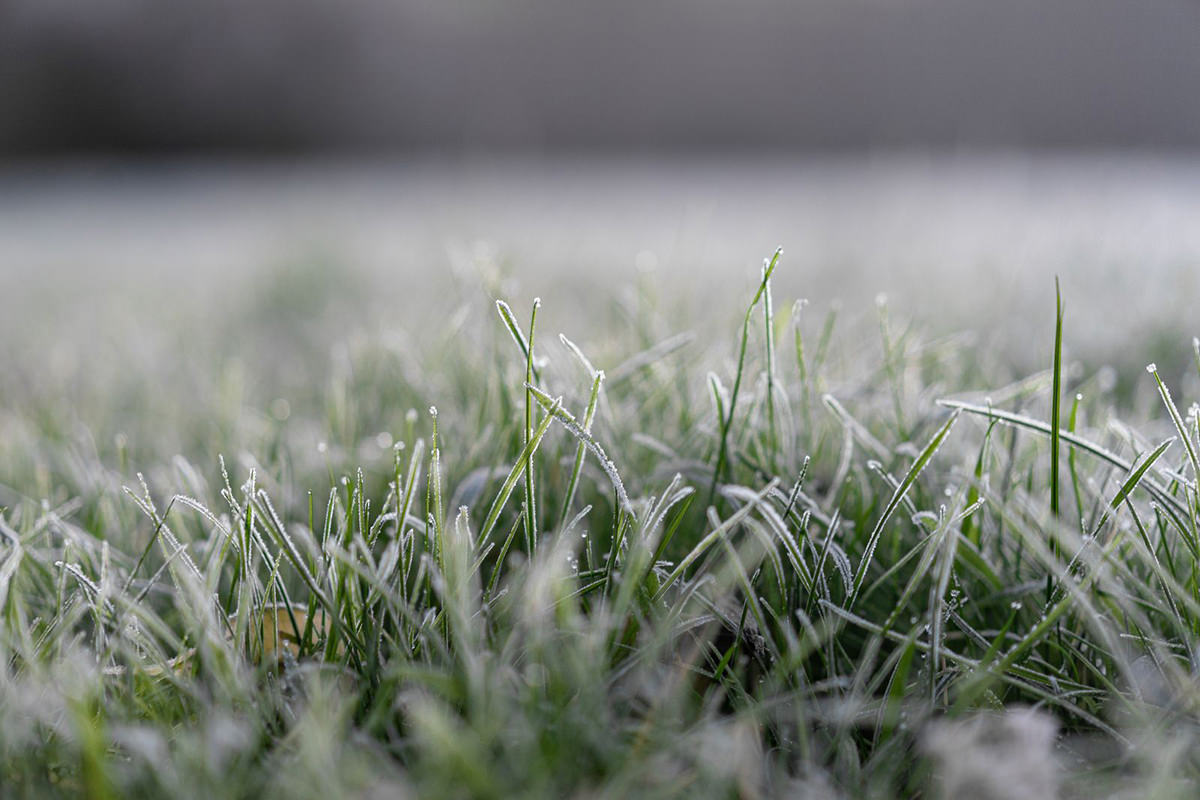
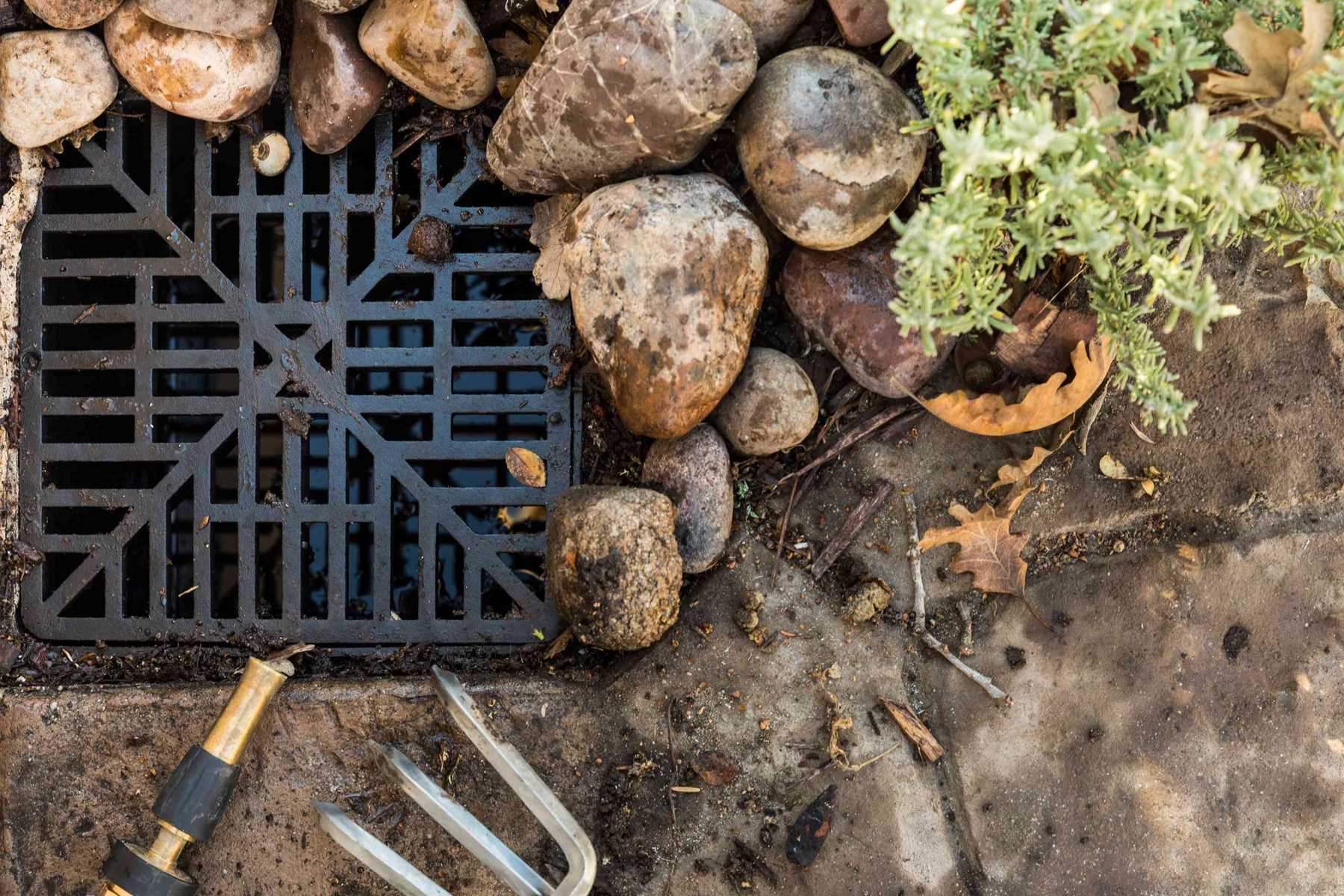


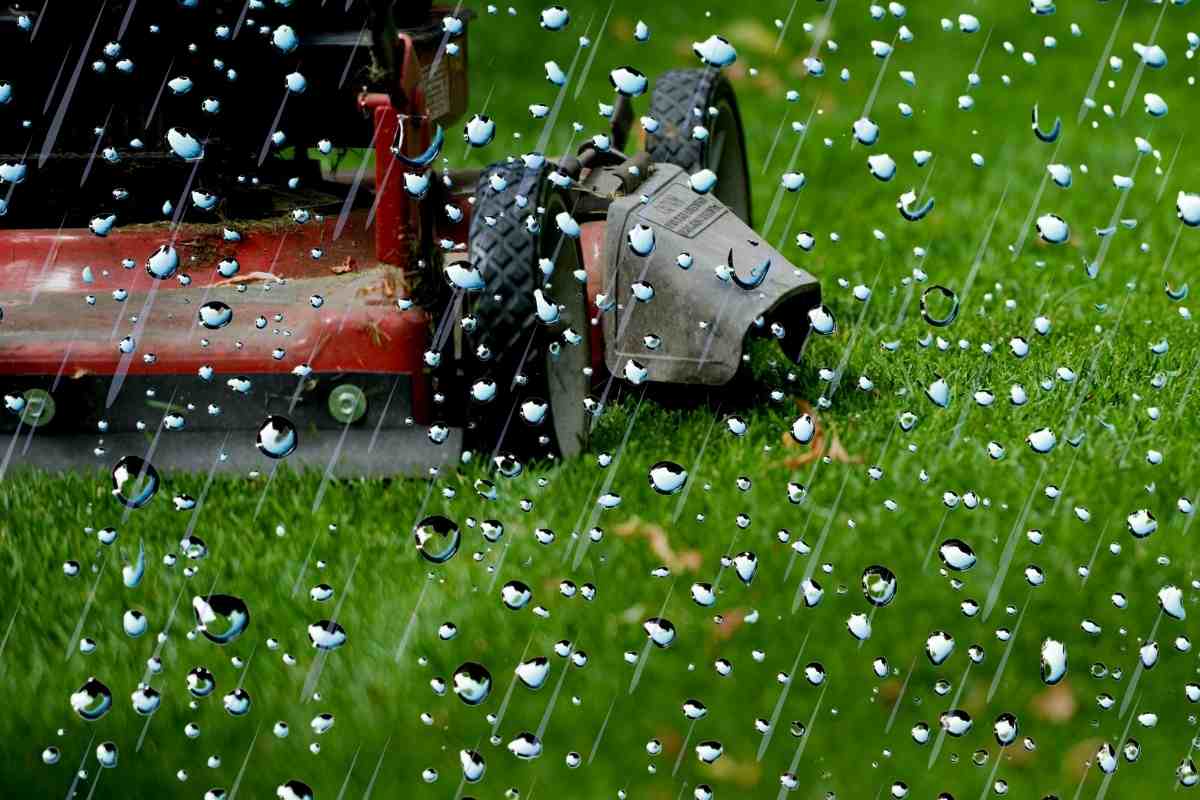

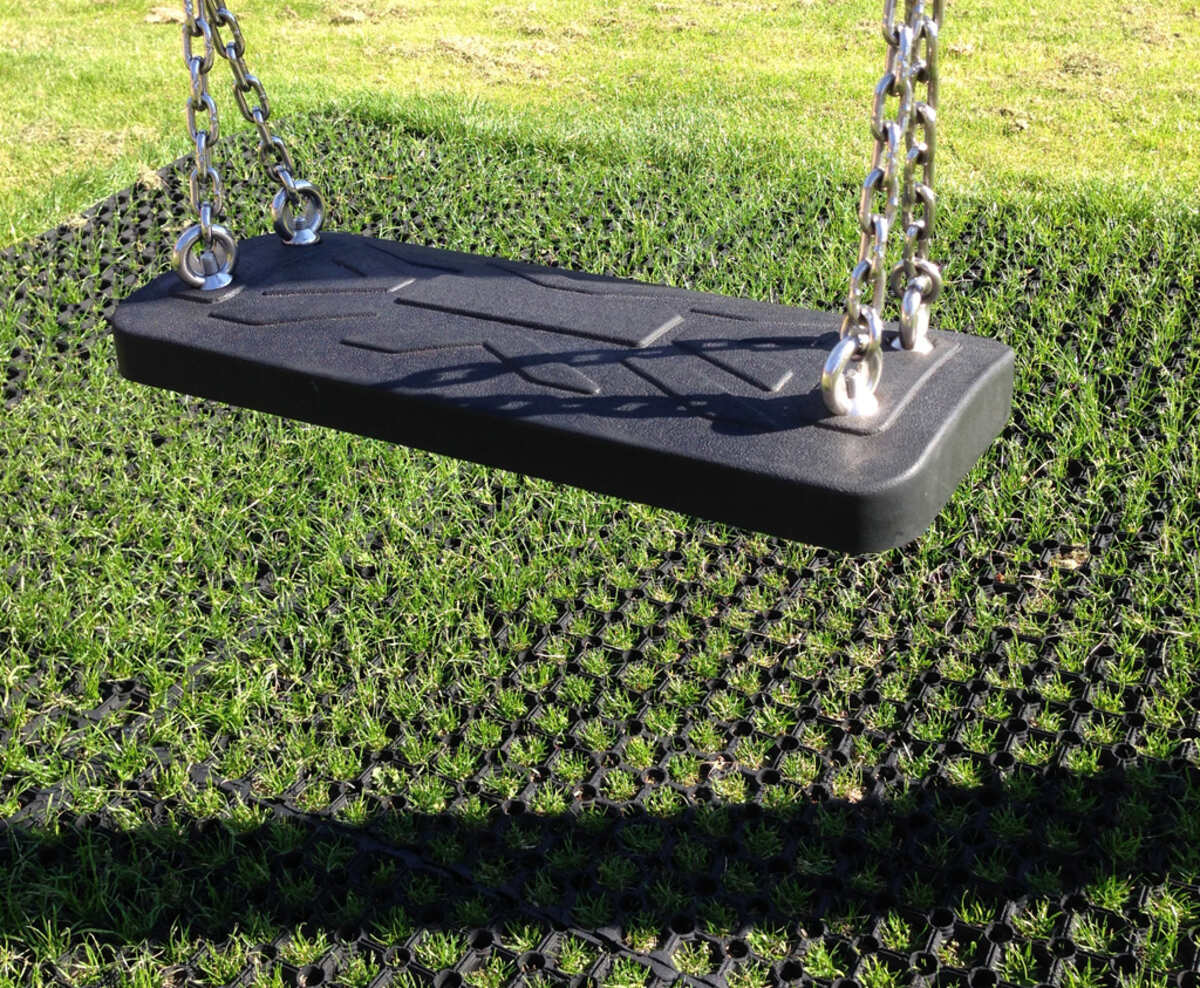


0 thoughts on “How To Protect Grass Seed From Heavy Rain”